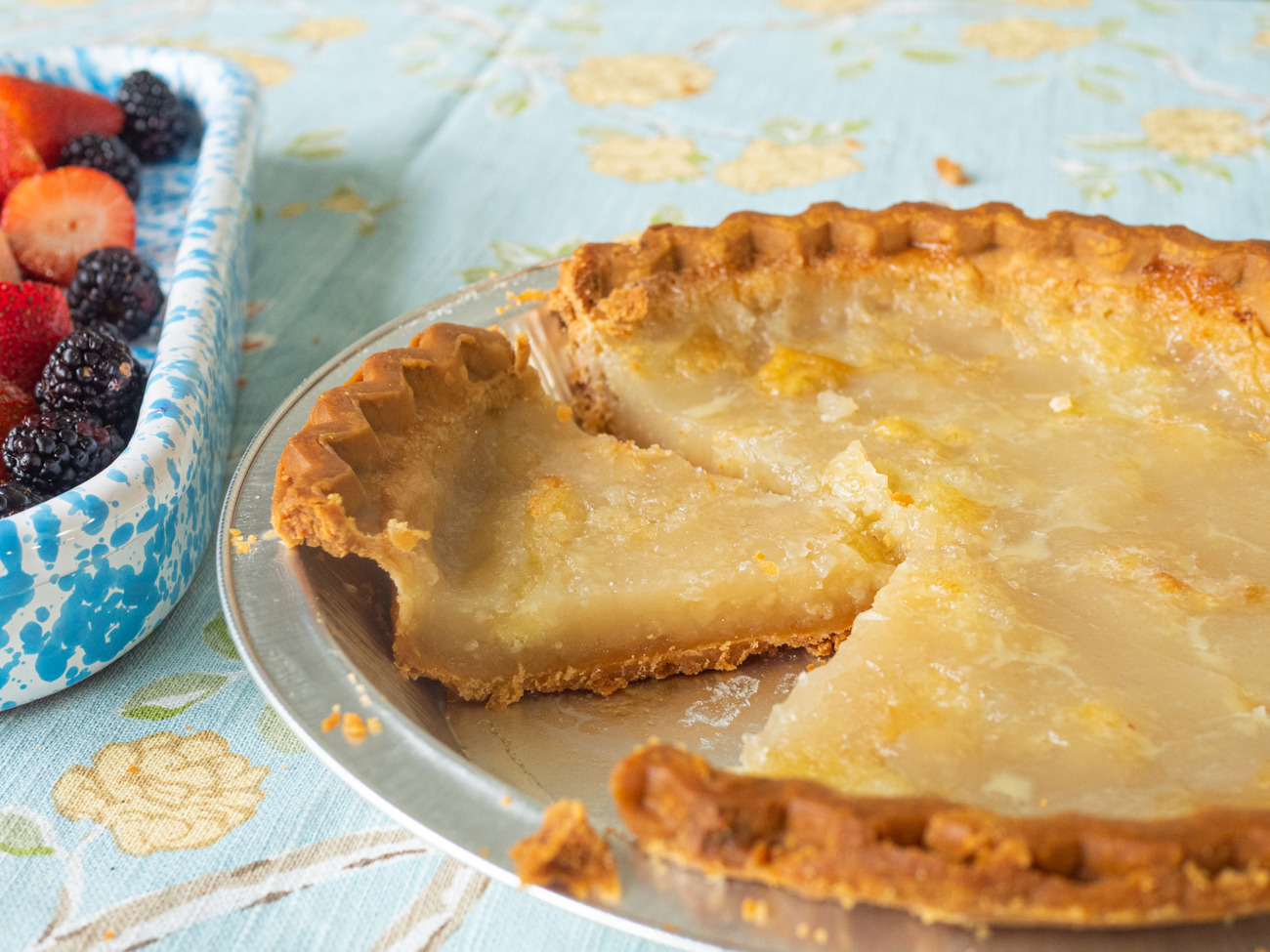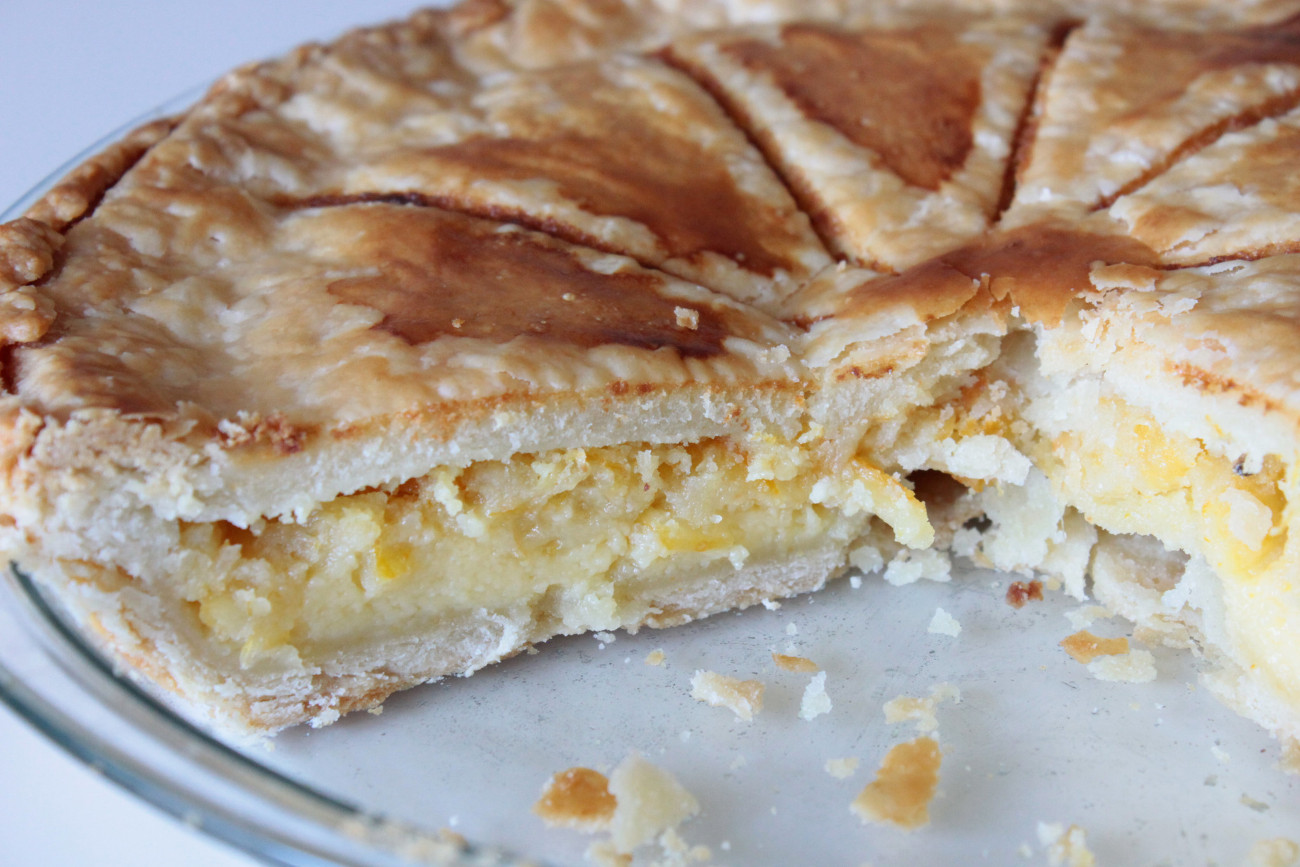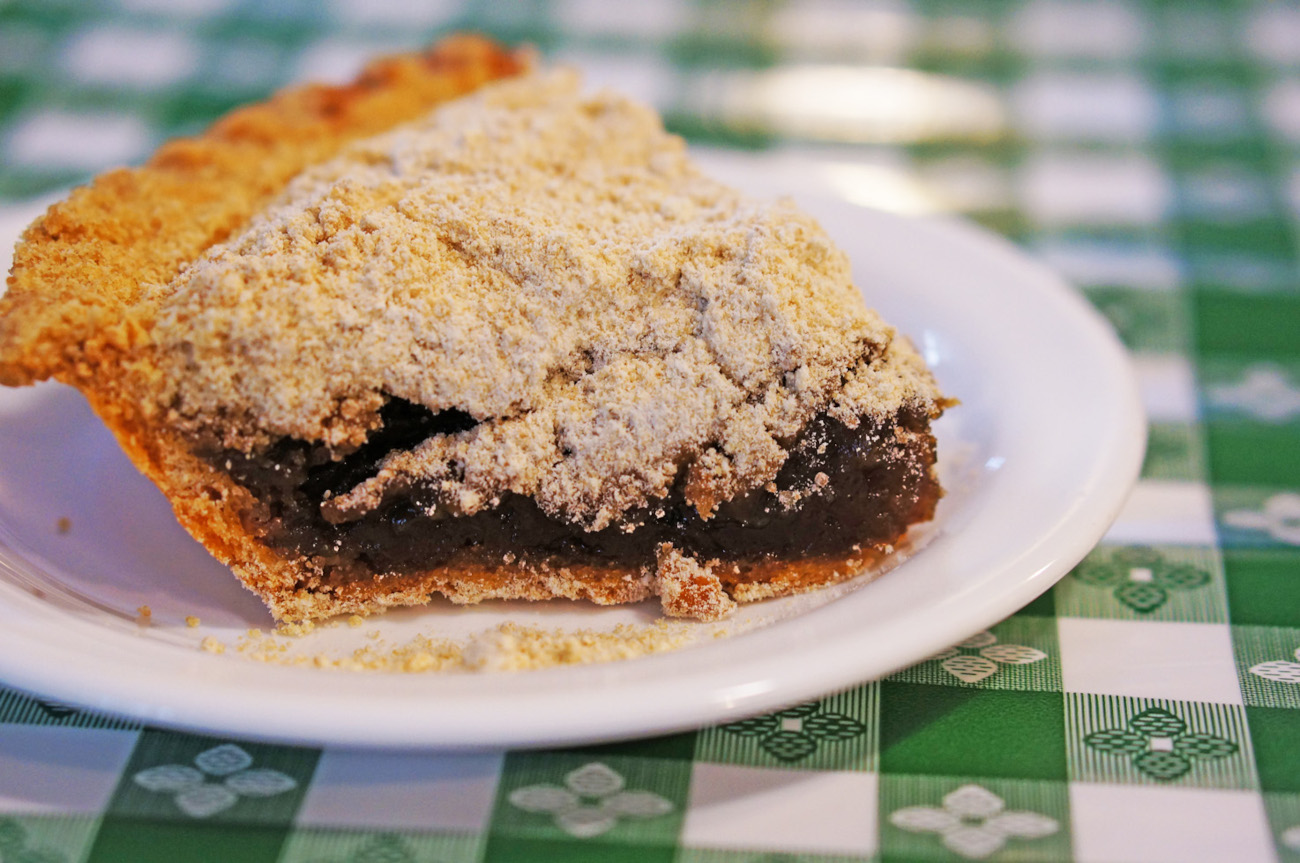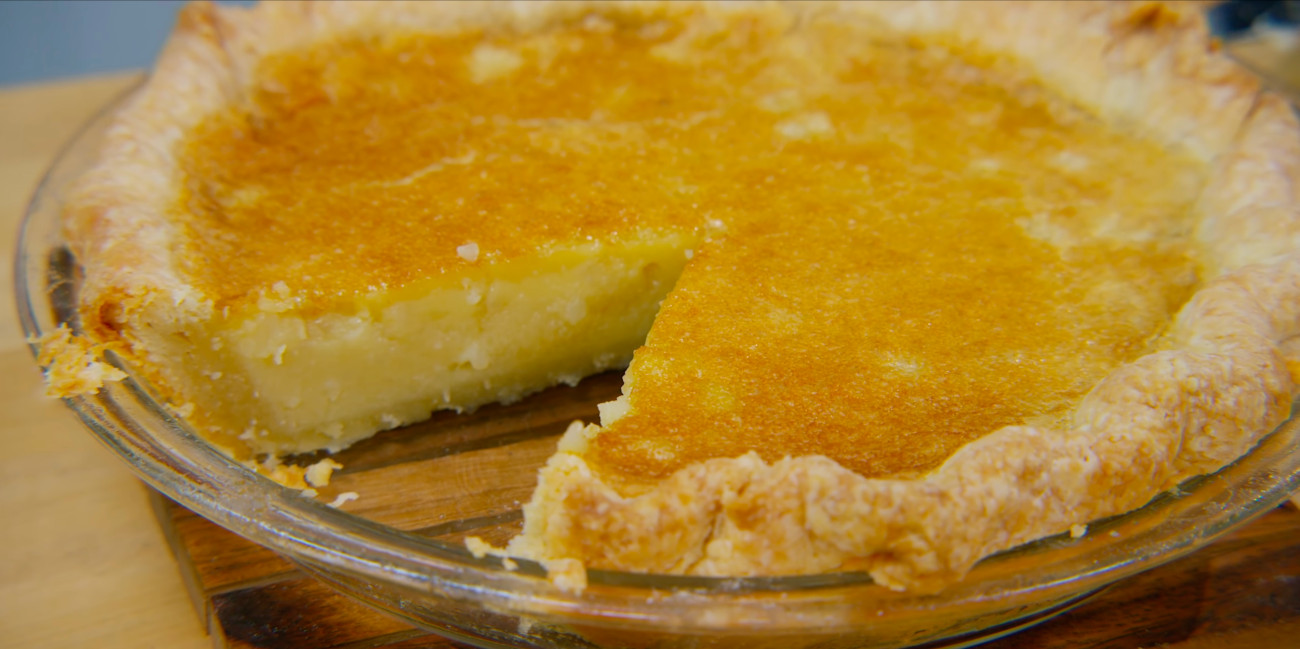We all know the classic hits — apple, pumpkin, blueberry, lemon, cherry, and pecan pies — but that can’t be it! Despite those pies being downright delicious, there are many other pies forgotten and dissolved into the back of recipe boxes and lost in the memories of way back when. Before they get completely lost in history, here are some obscure pies that deserve some recognition and surely need a second chance as your next upcoming dessert.
Depression Water Pie

Water pie is one of the truly bizarre things, but in times of scarcity, creativity really shines through! This depression water pie does have some classic pie ingredients like sugar, flour, and butter — and it even has a pie crust. But where you might expect some fruit or vegetable, you find this — water. As the pie bakes, the filling becomes this jelly-custard-like hybrid minus the cream or jammy filling you’d generally expect in a pie.
Shaker Lemon Pie

An 18th-century sect of Protestants, the Shakers established themselves and their pie in the heart of Ohio. The story has it that the Shakers grew and made just about everything they used and consumed, except one thing — lemons. These bright zingy citrus fruits were one of the first things the Shakers had to purchase and trade for, as lemons were not native to that region. To utilize and not waste any bit of lemon, they removed the seeds and used the whole lemon — pitch, rind, pulp, juice, and all — as the pie filling. Shaker lemon pie showcases their waste-not mentality for both living and cooking. Don’t be turned off by the texture, it’s not weird by any means, and the filling has a jammy, marmalade-like quality.
Shoofly Pie

Shoofly pie sounds a bit weird, but honestly, you’ll be full of regrets if you don’t bake yourself one. So what is shoofly pie exactly? Essentially, the pie crust encases a gooey filling made of brown sugar, molasses, spices, and eggs, and the filling is topped with a crumb cake-like streusel. Shoofly pie has a winding and circuitous history, and most sources will connect this pie exclusively with the Pennsylvania Dutch community.
However, after a little sleuthing, you can find that the shoofly pie predates Pennsylvania Dutch references and was used in a post-Civil War centennial celebration in Philadelphia. During the event, it was served just as the filling and topping, and the pie crust (which makes shoofly pie a pie) was introduced by home cooks, who wanted a sturdier, more portable version of the centennial dessert. There was also frugality behind making the dessert a pie, crusts acted as a protective barrier, keeping the filling fresher and moister for longer. Historian William Weaver debunked the meaning behind the name Shoofly, and yes, the name sort of connects to the song Shoofly Don’t Bother Me, but more indirectly. Weaver discovered that many Pennsylvania Dutch named a slew of household products (like molasses and flour) after a famous fighting circus mule called Shoofly (as in reference to the well-known song).
White Potato Pie

We all know of sweet potato pie, but what about white potato pie? Maryland and Delaware claim the pie as their regionally specific dessert, but this white potato pie was also a staple in other American colonies. At the time, the white potato was a newly imported crop from South America, and as harvesting of the white potato succeeded in the colonies, recipes that used white potato flourished. With accessible ingredients like eggs, cream, butter, nutmeg, and a sugar of some sort, most colonists could whip up a white potato pie without much struggle, and it saved their other fruits and vegetables for other meals. If you don’t add the sugar, it would almost be a savory mashed potato pie, which doesn’t sound like a bad idea either.
Marlborough Pie

Marlborough pie is the predecessor of apple pie and has a deep history in Tudor England. Unlike apple pie which uses the cream of the crop of fresh apples and is baked primarily in autumn, Marlborough pie was cooked during the depths of winter. By the time New Year’s Day rolled around, many of the apples harvested in the autumn were about to rot. Instead of throwing these mushy, slightly rotten apples away, people would cook the spoiled apples into a creamy, stewed mixture. Marlborough pie’s cream and apple-based custard mirrored that of pumpkin pie puree. Because of Marlborough pie’s English origins, it was a steadfast pie in Britain’s colonies, specifically Massachusetts, but by the 20th century, its fresher, crisper offspring, apple pie, became the norm.













